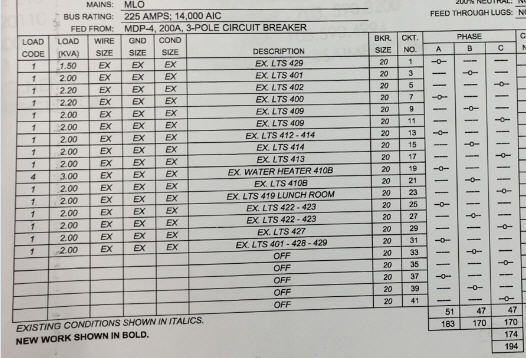Land Development Services Alert:
Read the original April 19, 2022, notification.
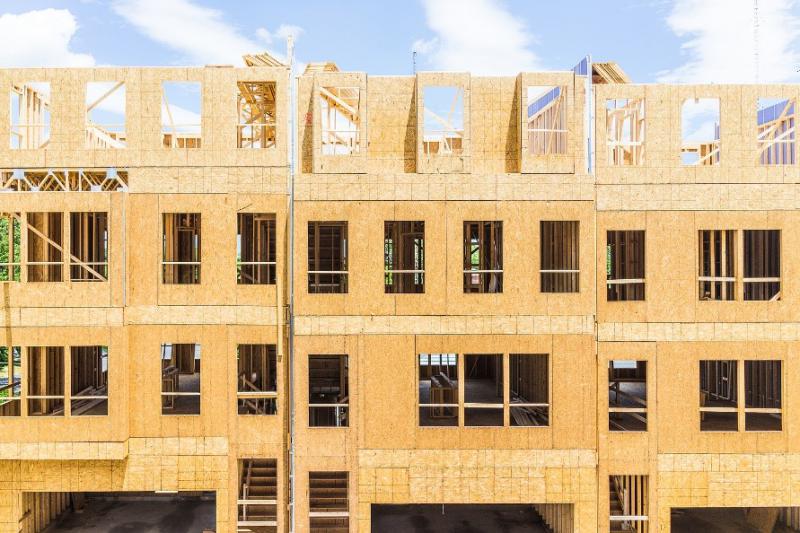
Two changes occurring over the next eight months in Fairfax County will impact the submission of residential Masterfile plans. The first occurs on July 1, 2022, when all new permit applications and plans are expected to comply with the 2018 Uniform Statewide Building Code (USBC); the second occurs in the fall with the final release of the new Planning and Land Use System, PLUS.
To facilitate a smooth transition to both the 2018 building code and the new Masterfile process, the county will extend the validity of currently approved Masterfiles under the 2015 USBC through February 2023.
To take advantage of this process, the following steps must be taken (this process will be altered with the release of PLUS):
While the use of the 2015 residential Masterfile will be permitted, each lot specific permit will be required to comply with the energy, mechanical, plumbing and electrical sections of the 2018 Virginia Residential Code (VRC). This includes all inspections required under the 2018 VRC.
Please note the following are not eligible to be updated using this process:
PLUS, scheduled for full implementation October 31, 2022, will result in changes to the Masterfile process. Additional information on these changes will be communicated prior to the launch.

The Chesapeake Bay is one of the world’s most productive coastal water bodies, and it collects water from county streams and rivers. The Board of Supervisors declared June 4-12, 2022, as Chesapeake Bay Awareness Week to increase understanding of this important estuary and the role it plays in our environment.
The 2018 Uniform Statewide Building Code (USBC) includes additional certification requirements for floodplain elevation certificate review effective July 1, 2022, upon conclusion of the one-year grace period for applying the 2015 USBC. This certification requirement is in addition to the currently required final elevation certificate (i.e., finished construction elevation certificate), collected prior to final inspection.
Floodplain elevation certificates are required under the Federal Emergency Management Agency’s (FEMA) National Flood Insurance Program (NFIP) and are used to provide elevation information necessary to ensure compliance with the county’s floodplain management regulations. The county’s participation in the NFIP provides a discount for anyone who purchases flood insurance for a property in Fairfax County.
The change to the building code requires the lowest floor elevation certification (i.e., under construction elevation certificate) be submitted to the building official upon placement of the lowest floor, including the basement, prior to vertical construction.
The lowest floor elevation certificate will be required after the foundation inspection passes and prior to the framing inspection.
Until this required certificate is received and approved, no additional inspections may be scheduled.
The latest version of FEMA’s Elevation Certificate with accompanying instructions may be found on FEMA’s webpage. The certificate must be signed and sealed by a Virginia licensed land surveyor or a Virginia Registered Design Professional.
The completed certificate is submitted via email to LDSSDIDAdmin@fairfaxcounty.gov. The Site Development and Inspections Division’s stormwater reviewer will confirm the accuracy of the certificate and notify the submitter once approved, allowing the associated building inspections to advance. There is no fee associated with the review.
If you have any questions, please reach out to the Building Division via email or phone at 703-631-5101, TTY 711.
Read the newly updated July 1, 2022, notification.
Two changes occurring over the next eight months in Fairfax County will impact the submission of Residential Masterfile plans. The first occurs on July 1, 2022, when all new permit applications and plans are expected to comply with the 2018 Uniform Statewide Building Code (USBC), and the second occurs in the fall with the final release of the new Planning and Land Use System, PLUS.
To facilitate a smooth transition to both the 2018 building code and the new Masterfile process, the county will extend the validity of currently approved Masterfiles under the 2015 USBC through February 2023.
PLUS, scheduled for full implementation in fall 2022, will result in the following changes to the Masterfile process:
Builders will not need to establish or update a Masterfile simultaneously with a new single family home application. In other words, builders can submit Masterfiles independently from subsequent single family home applications based on the Masterfile, and a site-specific plan will no longer be required.
These changes occurring in such proximity have prompted the Fairfax County Building Official to extend the use of the 2015 USBC.
If you have questions, please reach out to the Building Division via email or phone at 703-222-0801, TTY 711.
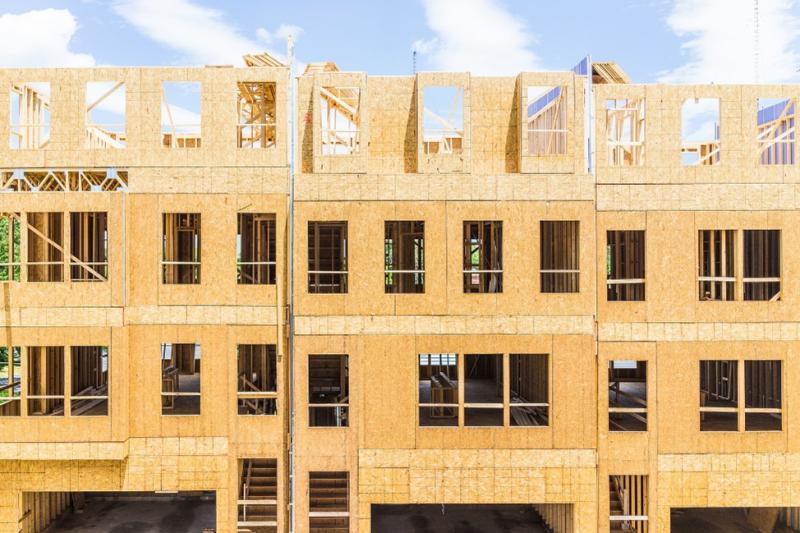
 In our continuing effort to ensure submitters have the tools necessary for successful record plat submissions, Land Development Services (LDS) has updated the Simple Subdivision Eligibility Checklist.
In our continuing effort to ensure submitters have the tools necessary for successful record plat submissions, Land Development Services (LDS) has updated the Simple Subdivision Eligibility Checklist.
The updates include the following:
All LDS forms can be found on the Forms & Publications Library page.
The updated checklists must be included with all Simple Subdivision Record Plat submissions along with the Record Plat Checklist for Simple Subdivisions after March 15, 2022. Either the current or the updated checklists can be used until March 14, 2022.
If you have questions about the above checklists, please reach out to Kati Barczay in the Site Development and Inspections Division (SDID) by email or 703-324-1720, TTY 711.
Recent changes to the Virginia Stormwater Management Program (VSMP) Regulations § 9VAC25-870-65.D.1. impact the use of certain proprietary Best Management Practices (BMPs).
The Virginia Department of Environmental Quality (DEQ) issued new technical guidance on Sept. 15, 2021, regarding proprietary BMPs. The new guidance requires manufacturers of proprietary stormwater BMPs to provide documentation to DEQ if their BMP was listed on the BMP Clearinghouse website prior to July 1, 2020. The documentation must show that another state, regional or national certification program has verified and certified its nutrient or sediment removal effectiveness to continue to be approved by DEQ. DEQ has updated the list on the Virginia Stormwater BMP Clearinghouse to show which BMPs meet or do not meet the new requirement.
To ensure compliance with DEQ guidance, Land Development Services will process stormwater management plans submitted as part of any site, subdivision or grading plan as follows:
The list of Manufactured Treatment Devices Approved for Use in Fairfax County has been updated to clarify those proprietary BMPs that meet the new requirement and have been approved by the Land Development Services Director for use in Fairfax County in accordance with Public Facilities Manual § 6-0402.3B. If you have questions, please email Department of Land Development Services, Site Development and Inspections Division or call 703-324-1720, TTY 711.
For additional guidance, see the DEQ’s Technical Guidance Memo No. GM21-2006.
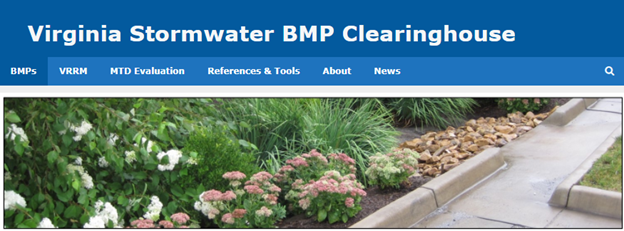
A pilot project on Arley Street in Springfield is an environmental success story. With significant community initiative and modest government assistance, 4,300 square feet of asphalt in the Springfield district was converted back to green space.
Community property within the Springfield Station Homeowners Association (HOA) included a deteriorated basketball court which was at the end of its lifecycle and no longer provided a useful benefit to the community. During planning for the community space, residents decided to remove the basketball court entirely. The HOA applied to the Northern Virginia Soil and Water Conservation District’s (NVSWCD) Conservation Assistance Program (CAP) for cost-share funding and technical assistance for the proposed conversion of the basketball court to green, open space. The community space is entirely within the Resource Protection Area (RPA) of an unnamed tributary of Middle Run (Pohick Creek) and eventually flows into the Potomac River. The community planned to remove the asphalt surface and reduce the compaction of the soil by adding at least two inches of topsoil and compost. With this plan in mind, NVSWCD confirmed that the project was eligible for participation in CAP because it promotes infiltration, reduces the potential for nearby flooding, and improves stream health.
Through a newly established partnership between NVSWCD and Fairfax County’s Land Development Services (LDS), the project was able to receive the maximum possible cost-share amount eligible under the CAP. This partnership effectively created the new NVSWCD/LDS Water Quality Improvement Program (WQIP), whereby LDS allocates funding for eligible CAP projects with funds collected under LDS enforcement action, thus improving the environment within the impacted communities where violations previously occurred. The Springfield Station HOA project was the first recipient of funding from the newly launched partnership.
The public-private partnership is one that will be replicated throughout the county for other community association and places of worship projects approved under the CAP program. Thus the 4,300 square feet could represent the first step in projects that occur across the county, improving water quality in every district.
LDS project lead Brandy Mueller said, “Though small in terms of scale, this project was really a huge endeavor and a great benefit to the community. This new partnership seeks engagement and environmental opportunities. We hope this successful case study will encourage others to pursue similar projects.”
Replacing impervious asphalt (which does not allow water to pass through it) with green space results in multiple environmental benefits:
Learn more about the Conservation Assistance Program.

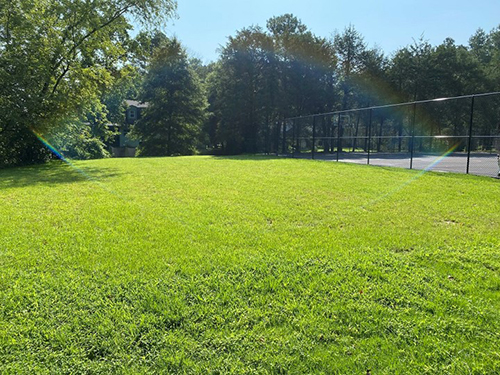

Fairfax County will launch the third phase (Release 3) of the new Planning and Land Use System (PLUS) in January 2022.
PLUS will serve as Fairfax County’s central platform for customers to complete zoning, building, permitting and other land development processes.
Multiple transactions have already moved to the new PLUS platform. To see transactions already accessible via PLUS, visit the PLUS Support Center.
Release 3 will add the following transactions into the PLUS platform:
As we release PLUS functionality, our existing systems may be down for a day or more. As more details are confirmed we will update the PLUS Support Center webpage.
![]()
The Department of Land Development Services (LDS) has launched a Green Building Recognition Program to acknowledge designers and contractors who voluntarily build green in Fairfax County. The new program supports Fairfax County’s environmental vision and recently adopted Green Initiatives. The program highlights the design, construction and operation of new construction that reduces environmental impact to our community.
The self-reporting program is geared towards new residential and commercial development. Projects are identified during the permitting process by the submitting designer/builder selecting the appropriate green building criteria found on the updated Building Plan Review Coversheet.
Qualifying criteria includes the following:
The name of the identified designer, builder, Magisterial District, and project name (if applicable) will be published on LDS’ new Building Green webpage once the associated building permit is issued. The owner/developer’s name will only be reported upon request.
We further encourage designers and builders to share a photo of the completed project for inclusion on the webpage by forwarding to our web team and including the building permit number.
If you have any questions, please contact the Environmental Compliance Coordinator at 703-324-5175, TTY 711 or via email at LDSbuildinggreen@fairfaxcounty.gov. Learn more about Fairfax County Green Business programs.
By Krishna Loomba
A simple issue plagues many electrical plans that can be easily remedied and potentially prevent a plan review rejection. Circuit directories, required on the electrical plans and in the field on switchboards and panelboards, are often incomplete, vague and lack specific detail. Article 408.4(A) of the 2017 National Electrical Code requires circuits to be legibly identified on a circuit directory located inside or on the face of the panel door for their intended purpose or use. Sufficient detail must be provided to allow each circuit to be distinguished from others. For instance, as seen in Figure 1 below, odd numbered circuits five through 25 are only identified as “PC RECEPTICLES.” Missing are room numbers or other location identifiers. See Figure 2 for an example of a directory with sufficient description on location.

